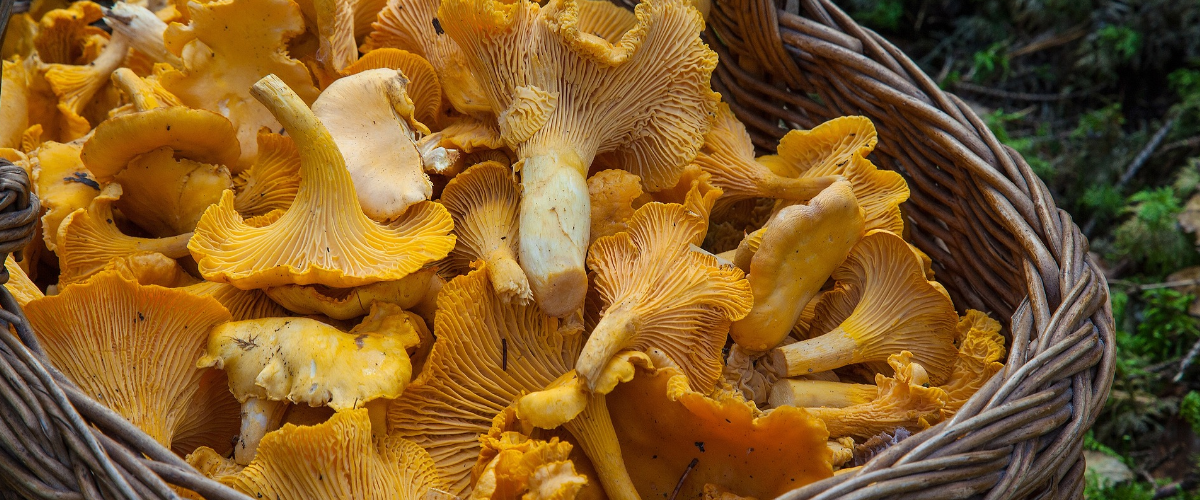Foraging is quite literally one of the oldest methods of survival. Before we had farming, before there were tools, before even language, there was hunting and foraging. But despite its ancient tradition, the practice is not as legal as you might think nowadays.
Proper foraging technique is a common prepper topic. If you can correctly identify and collect edible material in the wild, you can drastically increase your odds of survival, no matter the situation. But legally speaking (not as legal advice), you’re not actually allowed to do that.
According to The Code of Federal Regulations, Title 36, Chapter I, Part 2: you are not allowed to take animals or plants out of publicly owned wildlife. Here’s the specific information.
(1) Possessing, destroying, injuring, defacing, removing, digging, or disturbing from its natural state:
(a) Except as otherwise provided in this chapter, the following is prohibited:
(i) Living or dead wildlife or fish, or the parts or products thereof, such as antlers or nests.
(ii) Plants or the parts or products thereof.
(c)(1) The superintendent may designate certain fruits, berries, nuts, or unoccupied seashells which may be gathered by hand for personal use or consumption upon a written determination that the gathering or consumption will not adversely affect park wildlife, the reproductive potential of a plant species, or otherwise adversely affect park resources.
(2) The superintendent may:
(i) Limit the size and quantity of the natural products that may be gathered or possessed for this purpose; or
(ii) Limit the location where natural products may be gathered; or
(iii) Restrict the possession and consumption of natural products to the park area.
(3) The following are prohibited:
(i) Gathering or possessing undesignated natural products.
(ii) Gathering or possessing natural products in violation of the size or quantity limits designated by the superintendent.
(iii) Unauthorized removal of natural products from the park area.
(iv) Gathering natural products outside of designated areas.
(v) Sale or commercial use of natural products.
(d) This section shall not be construed as authorizing the taking, use, or possession of fish, wildlife, or plants for ceremonial or religious purposes, except for the gathering and removal of plants or plant parts by enrolled members of an Indian tribe in accordance with §2.6, or where specifically authorized by federal statutory law, treaty, or in accordance with §2.2 or §2.3.
To put in more understandable terms: People may not take, move, disturb, or destroy any plant life, live or dead animals, or any animal byproducts. Exceptions are allowed to be made by the location’s superintendent, who can control what you can collect, how much, where you get it from, and whether or not you consume the material. And even then, you are not allowed to sell or use that material commercially.
The part about the superintendent is important. Many states will have their own allowances to this law. Most lakes near me allow us to take home up to 10 fish a day, for example. So there’s still a fair chance that wild foraging is allowed, but because it will depend on the location, we strongly suggest looking up the foraging rules for each public park or wilderness you intend to visit.
Do we expect park rangers to go around and investigate every campsite and park visitor? Not really. Even so, we do not suggest foraging anyway. It’s assumed illegal unless otherwise stated, and we don’t encourage law-breaking.
Of course, all of this is irrelevant if you own the property. A few acres of land in the middle of nowhere could serve as an amazing foraging landscape.

